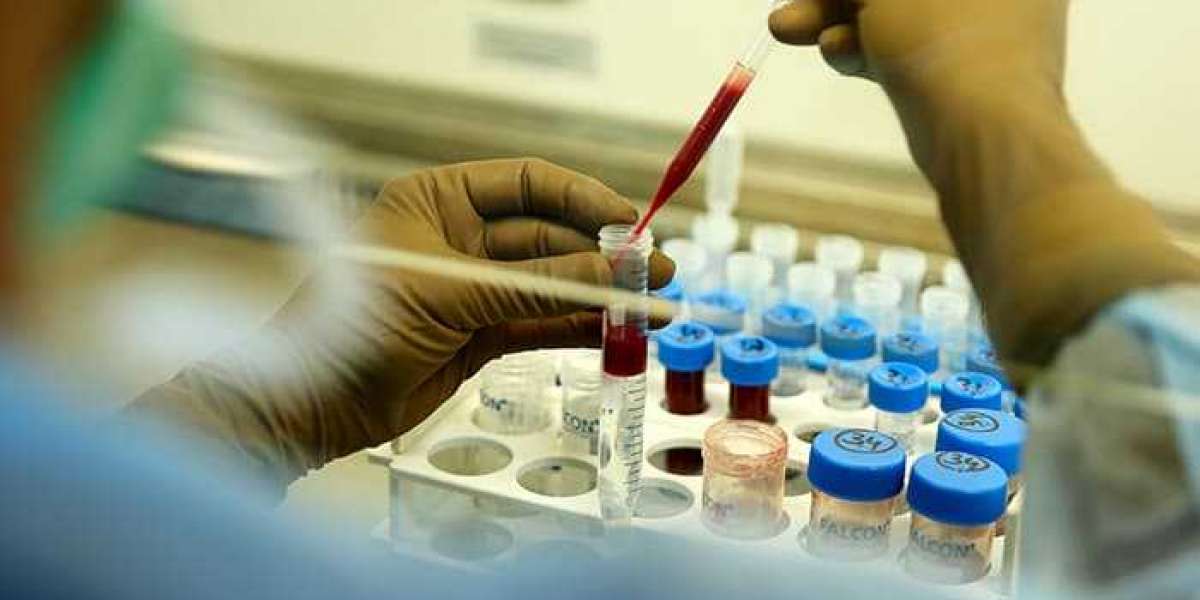Stem cell therapy has emerged as a promising frontier in medical science, offering hope for treating a wide range of diseases and conditions that were once considered incurable. The unique ability of stem cells to differentiate into various cell types and repair damaged tissues has opened up new possibilities for regenerative medicine. In this article, we will delve into the exciting developments in stem cell therapy, examining its potential applications, current challenges, and the path ahead.
Understanding Stem Cells
Before delving into the frontiers of stem cell therapy, it is crucial to grasp the fundamentals of stem cells. Stem cells are undifferentiated cells with the remarkable ability to transform into specialized cell types. They can be classified into two main types: embryonic stem cells, derived from embryos, and adult stem cells, found in various tissues throughout the body. The pluripotent nature of embryonic stem cells and the multipotent nature of adult stem cells make them invaluable for therapeutic purposes.
Applications of Stem Cell Therapy
Regenerating Damaged Tissues
One of the primary applications of stem cell therapy is tissue regeneration. Stem cells can replace or repair damaged tissues by differentiating into the specific cell types required for regeneration. This holds tremendous potential for treating injuries, degenerative diseases, and conditions that affect vital organs.
Treating Neurological Disorders
The use of stem cells in treating neurological disorders is a groundbreaking area of research. Conditions such as Alzheimer's, Parkinson's, and spinal cord injuries, which were once considered irreversible, are now being explored for potential stem cell interventions. Stem cells have shown the ability to differentiate into neurons and other supportive cells, offering hope for restoring lost neurological function.
Cardiovascular Regeneration
Heart diseases remain a leading cause of mortality worldwide. Stem cell therapy offers a ray of hope for cardiovascular regeneration by promoting the repair of damaged heart tissues. Clinical trials are underway to assess the efficacy of stem cells in treating conditions like heart failure and myocardial infarction, with encouraging preliminary results.
Current Challenges in Stem Cell Therapy
While the potential of stem cell therapy is immense, several challenges need to be addressed for its widespread adoption and success.
Ethical Considerations
The use of embryonic stem cells has been a subject of ethical debate due to concerns about the destruction of human embryos. This has led to stringent regulations and limited availability of embryonic stem cells for research and therapy. Ethical considerations continue to pose challenges for the field, emphasizing the need for alternative approaches.
Immune Rejection
Transplantation of stem cells from a donor to a recipient can trigger immune responses, leading to rejection. Overcoming immune rejection is a critical hurdle in the development of effective stem cell therapies. Researchers are exploring techniques such as immunosuppression and the use of induced pluripotent stem cells (iPSCs) to address this challenge.
Tumor Formation
There is a risk of tumor formation associated with stem cell therapy, particularly when using pluripotent stem cells. Ensuring the controlled differentiation of stem cells and minimizing the potential for uncontrolled cell growth is essential to mitigate this risk. Rigorous preclinical testing and continued monitoring in clinical settings are crucial to ensuring the safety of stem cell therapies.
Frontiers in Stem Cell Therapy Research
Induced Pluripotent Stem Cells (iPSCs)
Induced pluripotent stem cells (iPSCs) represent a groundbreaking advancement in stem cell research. These cells are created by reprogramming adult cells, such as skin cells, to revert to a pluripotent state. iPSCs offer the advantages of pluripotent embryonic stem cells without the ethical concerns associated with embryo destruction. Researchers are actively exploring the potential of iPSCs in regenerative medicine and disease modeling.
CRISPR-Cas9 Gene Editing
The revolutionary CRISPR-Cas9 gene-editing technology has opened new avenues in customizing and enhancing the therapeutic potential of stem cells. Researchers can precisely edit the genetic material of stem cells to correct genetic defects or enhance their therapeutic capabilities. This holds great promise for tailoring stem cell therapies to individual patients, maximizing efficacy while minimizing risks.
3D Bioprinting for Tissue Engineering
Advancements in 3D bioprinting technology have revolutionized the field of tissue engineering. Researchers can now create intricate three-dimensional structures using a combination of stem cells, biomaterials, and growth factors. This approach allows for the precise fabrication of tissues and organs, offering a potential solution to the shortage of donor organs for transplantation.
Final Words
Stem cell therapy represents a beacon of hope for the future of medicine, offering revolutionary possibilities for treating a myriad of diseases and conditions. From regenerating damaged tissues to addressing neurological disorders and cardiovascular diseases, the potential applications are vast. However, challenges such as ethical considerations, immune rejection, and the risk of tumor formation must be carefully navigated.
As researchers explore the frontiers of stem cell therapy, innovations like induced pluripotent stem cells, CRISPR-Cas9 gene editing, and 3D bioprinting are reshaping the landscape of regenerative medicine. These advancements hold the promise of personalized and highly effective treatments, bringing us closer to a future where debilitating diseases can be not just managed but cured.
In navigating this path forward, it is essential to balance the excitement of discovery with ethical considerations and rigorous safety measures. The hope for the future lies not only in the potential of stem cell therapy but also in our ability to harness its benefits responsibly and ethically. As research progresses, the journey towards unlocking the full potential of stem cell therapy continues, offering a brighter and healthier future for humanity.








